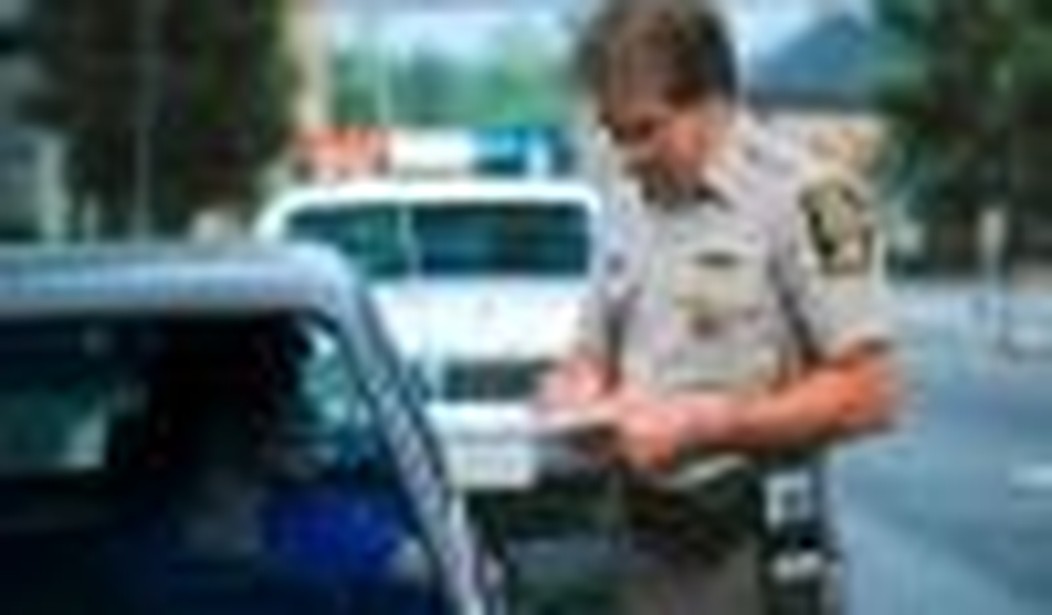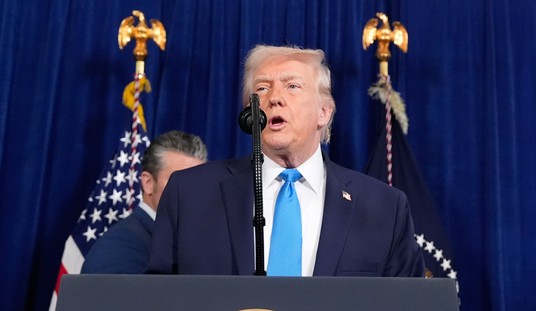On July 16, 2011, Pajamas Media published my article titled “Contempt of Cop: What’s The Law Say About Photographing Police.” In that article, I provided this definition:
“Contempt of cop” is a play on words of the common legal term “contempt of court.” The latter refers to a judge holding someone responsible for conduct — usually in the courtroom — that is disrespectful or disruptive, that reflects blatant contempt for the law, the judge and his lawful authority. The former is similar. It refers to a cop’s reaction to the same kind of behavior by a citizen in their presence. In the best sense of the term, an officer’s attention will be attracted by someone who goes out of their way to irrationally and unnecessarily antagonize a police officer in a public setting. In such circumstances, it would be foolish for a police officer to allow that person to go unpunished lest their behavior encourage others to insult, even attack other officers.
Contempt of cop also applies to the worst instincts some police officers develop. In those cases, officers become “badge-heavy,” they begin to take matters personally. They become hypersensitive to any insult, real or imagined. They don’t consider the elements of the law, they take offense, act first and make up the rest later. Such officers are unpredictable and dangerous, not only to the public, but to their fellow officers who know that the bad will of the public is cumulative. Abuse the citizenry enough, and the officers who suffer for it — and some will suffer — will often be professionals, men and women of good will undeserving of their fates.
Since that article, another example of contempt of cop has arisen, and it involves the most common — and often the only — contact police have with the public: traffic stops.
According to Fox News, in December 2009, Erich Campbell noticed a police officer obviously running traffic radar parked near the Tampa International Airport. Campbell committed an egregious act of contempt of cop: he flashed his headlights at oncoming traffic to warn them of the speed trap. He was stopped and given a citation for “improper flashing of high-beams.” The cost? $101.00.
There is a happy ending to this morality tale: the citation was eventually dismissed and Campbell filed a class-action lawsuit against the state of Florida.
“Because the state was rolling the dice (with me),” he said. “They figured most people aren’t going to challenge it, and I think it’s about time someone actually did.”
Campbell estimates 2,600 other “highbeam-helpers” received summonses between 2005 and 2010. He says most simply chose to pay their fines.
“Someone has to stand up,” he says, referring to the tickets as a “huge money-maker” for the state, not to mention a “blatant violation of the right to free speech.”
Campbell characterized his suit as a free speech issue, saying that his flashing headlights were a means of communication with other drivers.
Thomas Ruskin, a former NYPD detective and current “police advocate,” begs to differ:
He has a definite different interpretation of the U.S. Constitution than I do. … And than most members of law enforcement. …
It’s [flashing high beams] illegal because you’re warning someone. It’s the same thing as saying, “run, here comes the cops,” you’re obstructing a cop from doing his lawful duty. …
He is aiding law-breakers. He is warning people who are speeding to slow down. His intent is to impede the police.
Captain Mark Brown of the Florida Highway Patrol sees things differently still:
We have told our people to stop issuing citations on that pending the outcome of the litigation.
This might seem to be a minor, even technical, quibble relating to an obscure law, but it touches on two matters of vital importance to the public: the relationship between the police and the public, and unfettered police discretion, AKA, contempt of cop.
Professional police officers understand that there are so many traffic laws — many broadly written — it is virtually impossible to drive without unintentionally breaking one or more of them. Understanding that the only personal contact the majority of the public will ever have with police officers is through a traffic stop, smart officers avoid hyper-technical enforcement of traffic laws, particularly the more obscure laws. They also avoid stretching laws to fit circumstances for which they were not intended, Erich Campbell’s citation being a case in point.
Officers can, if they wish, cite citizens for traveling two or three miles per hour over the posted speed limit. They can cite people for having a taillight out rather than issuing a warning, even though they realize the driver had no idea they were breaking the law. Smart, professional officers simply don’t do this sort of thing because they know it’s not worth it. There are more than enough drivers blatantly speeding, running stop signs, and committing a wide variety of unmistakable violations. Citing people doing their best to obey the law is foolish and unprofessional. It angers citizens — including everyone the cited driver tells, and they will tell many others — and greatly reduces respect for the police and the law. The negative effect most related to this particular case is that it does not, in any way, enhance traffic safety, which is the ostensible reason for the existence of traffic laws. How can those doing their best to drive safely do better?
Two general types of laws are involved: laws relating to the use of high beam headlights and laws prohibiting interference with police officers. I could not find any offense remotely related to “improper flashing of high-beams” in the Florida traffic statutes. It’s possible the offense is a municipal ordinance, or that the officer simply used police shorthand to describe the offense rather than using a more precise statutory title.
Statutes relating to headlights virtually all outline the hours when they must be used and under which circumstances high beams must be dimmed. Such statues rarely mention the flashing of lights as a means of signaling/communicating some message to other drivers. This is so because legislatures commonly realize there are a wide variety of circumstances under which flashing headlights is entirely legitimate. I’m not aware of any that make flashing headlights a specific offense, and since Campbell’s citation was dismissed, it’s reasonable to believe the statute under which he was cited did not either.
Despite Mr. Ruskin’s assertion that Campell was “obstructing a cop from doing his lawful duty,” there is no evidence of that in this case, and Campbell was not charged with obstructing a police officer. These laws virtually universally require affirmative acts: the person arrested must have been consciously doing something that would, in a real and meaningful way, keep a police officer from accomplishing a legitimate, currently occurring police duty.
A citizen who, walking out of a store carrying packages that obscure his vision trips and bumps a police officer trying to make an arrest, is obviously not obstructing that officer, because he had no intent to do so and because he made no affirmative action to carry out that intent. A citizen filming, from a distance, a police officer making a traffic stop is also not obstructing that officer. He is merely watching, with electronic aid, what any citizen standing at the same place could see. How then, could Erich Campbell have been obstructing the police officer running radar that day?
Remember that professional police officers run radar in areas that encourage excessive speeds and/or which have high accident rates. They choose enforcement areas carefully to have the maximum impact on traffic safety. Some cities use traffic violations as revenue streams, but that’s another article. When traffic enforcement is done properly, professional officers are more than content to know that their presence is reducing speed and enhancing safety. In the same way, they understand that drivers will signal other drivers — with their headlights and otherwise — to alert them to the presence of hazards including the police. And again, these officers are satisfied because this too enhances public safety. They may miss a violator or two, but they keep their priorities straight. They also realize that a driver flashing his headlights might warn, at best, a handful of potential speeders before he drives too far away to make any difference.
Erich Campbell’s offense was clearly contempt of cop. A police officer forgot his priorities and took offense at a “law breaker” who dared to warn other potential lawbreakers. What’s missing, of course, is any evidence that anything Campbell did was illegal or actually interfered in any real way with the officer. That, no doubt, is ultimately why Campbell’s citation was dismissed. That is also why the police agency involved should carefully review its training and procedures.
Campbell may very well win his class-action suit. If he does, whether some police realize it or not, it will be a defeat for unprofessional, contempt of cop outbursts, and a victory for professional policing and positive police-community relations.









Join the conversation as a VIP Member